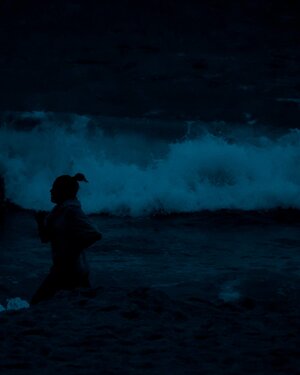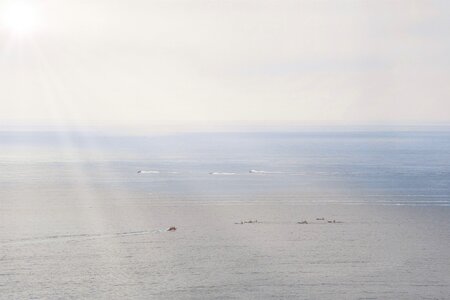Pro Member
- Followers
- 11
- Following
- 6
- Joined
- Jan 19, 2023
- Posts
- 998
- Likes Received
- 3,339
- Trophy Points
- 293
- Name
- ST
- Country
- Canada
- City/State
- British Columbia
- CC Welcome
- Yes
Technical/Artistic question
Do you lighten or darken your images in post-production to meet some ideal overall illumination
or
Do you try to maintain or recreate what you saw or felt when you pressed the shutter?
Do you lighten or darken your images in post-production to meet some ideal overall illumination
or
Do you try to maintain or recreate what you saw or felt when you pressed the shutter?


